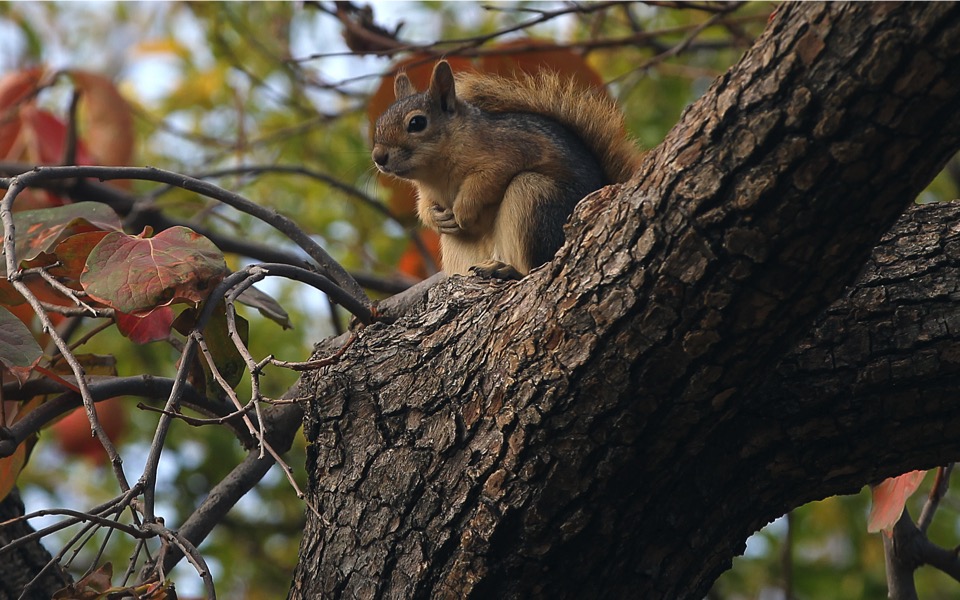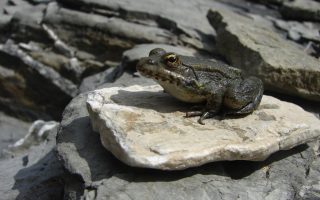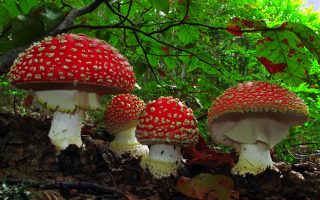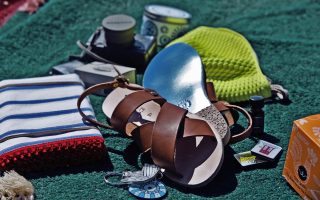From its parks and telephone wires, Athens is home to a wealth of wildlife

Can wildlife coexist with 4 million people in a city full of apartment blocks, busy thoroughfares and noise? It certainly can and the Greek capital has a wealth of fauna, according to the deputy mayor of Athens in charge of issues related to greenery and animal protection, who recently published a catalog of the wild animals living in the city, compiled in 2015.
“Our wild friends are usually hiding in the woods and hills that are maintained by the Parks Directorate and avoid coming into contact with humans,” Giorgos Apostolopoulos tells Kathimerini. “[Before the catalog was compiled] citizens would report sightings of wild animals, some of which were confirmed by municipal workers, but there had been no systematic effort to create a record of the city’s biodiversity.”
According to Apostolopoulos, a fox was spotted recently near the courtyard of the Elpis Hospital in the neighborhood of Ambelokipi, north of central Athens. “It had come from the Attiko Woods on the Tourkovounia hills, where we have confirmed the presence of a small population of foxes. There also used to be foxes on Lycabettus Hill and in the Elaionas district and every so often we see some at the Municipal Plant Nursery in Goudi that have strayed from Mount Ymittos.”
Hedgehogs are a more common sight and they live on Tourkovounia and Philopappou hills, as well as in some empty fields in Elaionas.
Sightings of squirrels have been on the rise in recent years at the National Garden, particularly on the weekends. “Someone obviously released them from captivity there at some point but the fact that they have survived shows that the garden is being kept in very good shape as a natural habitat,” says Apostolopoulos. Bats can be seen flying over the capital every night, while there are rumors that there are also a few badgers in our midst.
The city’s biggest parks are also home to a number of reptiles, especially tortoises, as well as salamanders, lizards and a few snakes.
Frogs and turtles can still be found in the Podoniftis Stream in Perissos, while they also used to be found in the Ilissos River.
“Up until a few years ago, the Podoniftis had fish such as the native and extremely rare Pelasgus marathonicus, or Marathon minnow,” says the deputy mayor, adding that Iridanos River in Kerameikos hosts green toads and mosquitofish, and the ponds in the National Garden have goldfish, carp, toads and freshwater turtles. Insects are also quite abundant in Athens, in population if not in variety, while wild bees have been forming hives in the neighborhood of Exarchia.
According to wildlife watchers, Lycabettus Hill hosts 65 species of birds, including hawks and kestrels, owls, hoopoes, finches and thrushes, while sightings of at least 100 different bird species have been reported on Tourkovounia. Every other wood or big park in the city also has its own bird populations, while flocks of small green parrots have recently made an appearance in Goudi, Pedion tou Areos, Evangelismos and other parts. Blackbirds can also be heard singing in Kolonaki, Neapoli, Exarchia and Fokionos Negri squares, while you’re sure to see a few magpies on electricity and telephone wires and goldfinches in the city’s treetops.
“With all this data in our hands, we can’t but try to preserve the wildlife of Athens and protect it to the best of our ability,” says Apostolopoulos.





